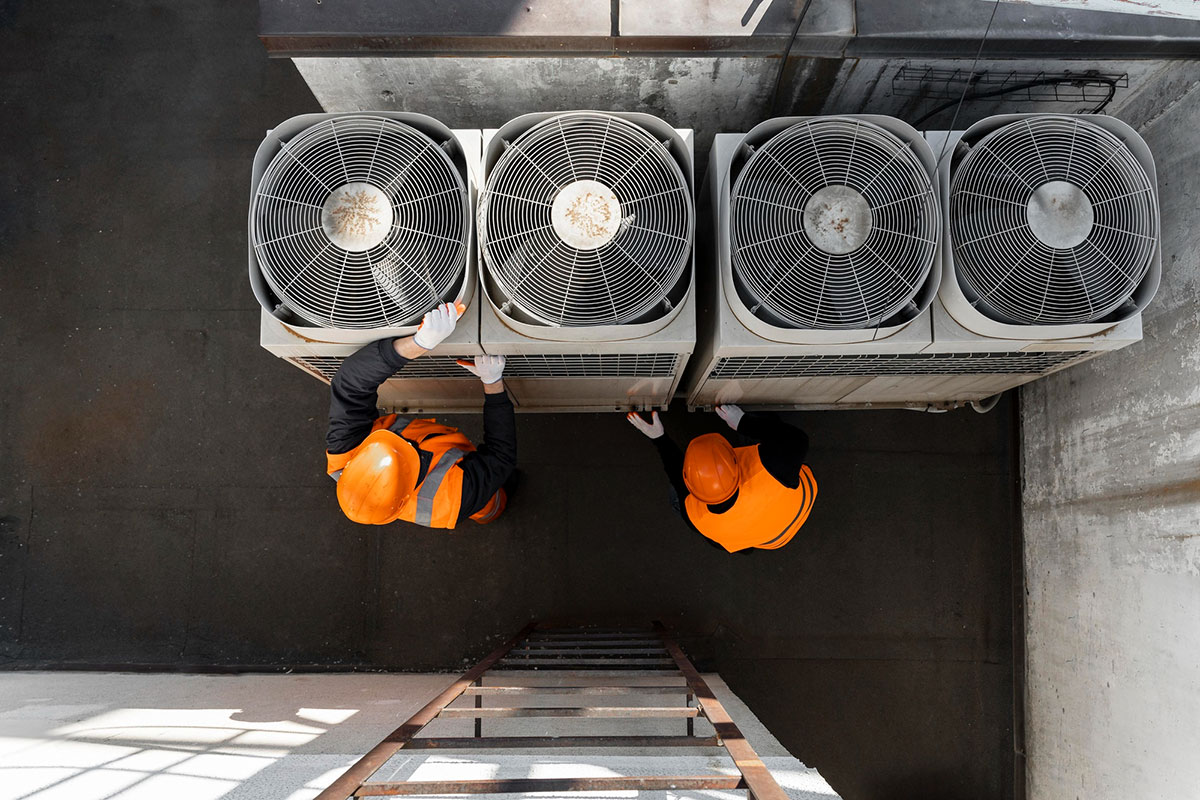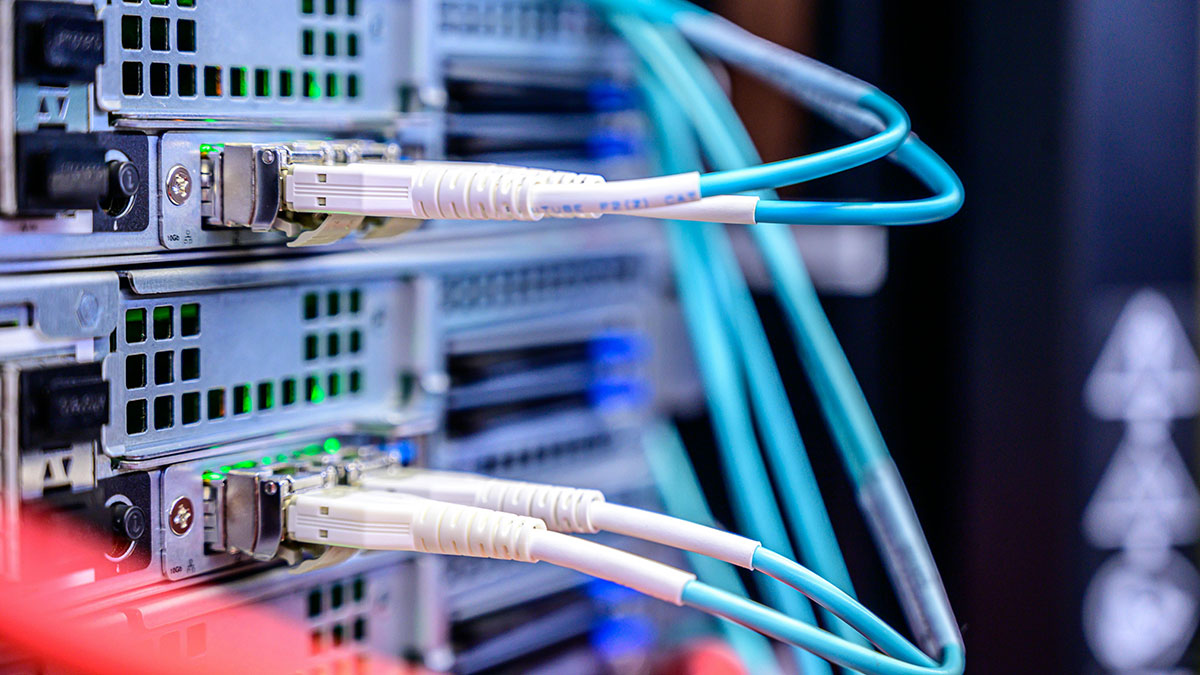CRAC (Computer Room Air Conditioners), or IT cooling systems, are essential for maintaining a suitable environment in server rooms and data centres. These systems are specifically designed to control temperature and humidity in spaces housing computer systems and other sensitive equipment.
Equipped with advanced technologies, CRAC systems offer precise climate control. Their main function is to cool the air which, due to the intensive operation of electronic equipment, tends to heat up considerably. They also regulate humidity to prevent condensation, which can damage critical electronic components.
CRACs also often incorporate high-efficiency air filters to maintain a clean, dust-free environment. Many models include remote monitoring and control capabilities, making them easy to manage and maintain.

A key feature of these systems is redundancy, which ensures operational continuity in the event of the failure of one unit. If one unit fails, other units take over its function. Redundancy is necessary in environments where uninterrupted operation of IT equipment is critical.
With increasing equipment density and power consumption in data centres, CRAC systems face new challenges. Energy efficiency is a priority and the development of technologies that minimise power consumption and optimise cooling performance is a clear goal. In addition, the cooling of high-power density equipment requires more sophisticated and flexible solutions.
Finally, integration with intelligent building management systems and the ability to adapt to changing configurations within data centres are aspects that CRAC systems must address to meet today’s demands.
By Juan Carlos Soria, senior MEP engineer in Amusement Logic’s Architecture Dept.






